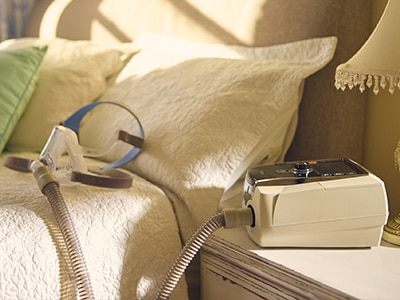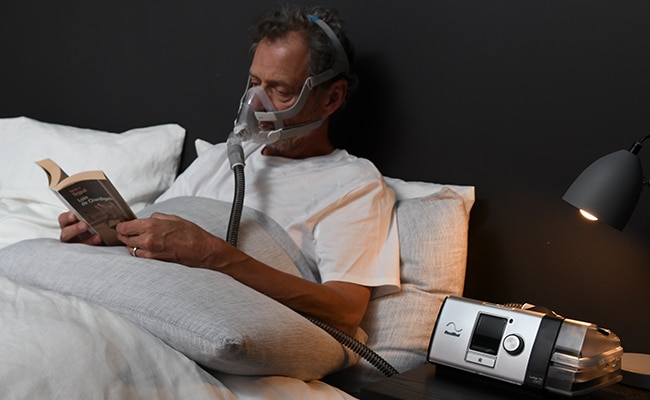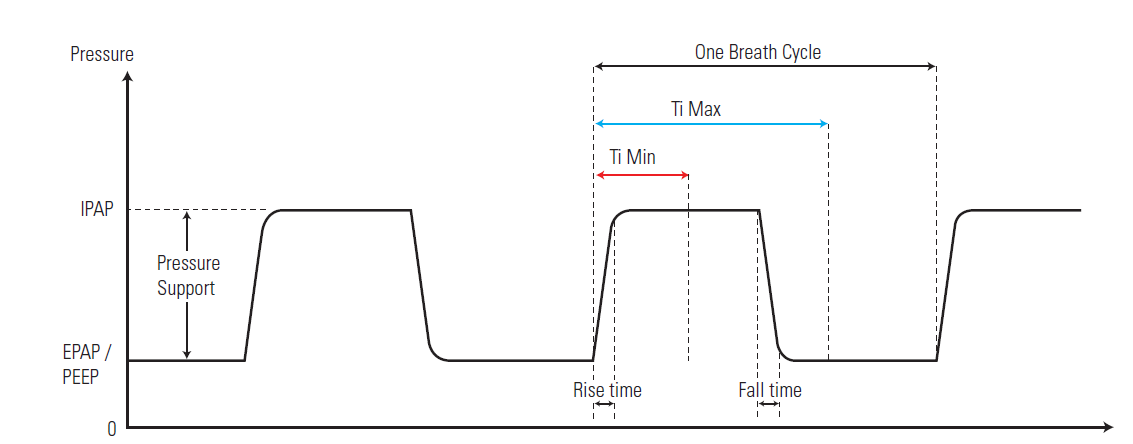What’s the problem?
When the amount of time your patient requires for inhalation and exhalation is out of sync with their needs, it can cause discomfort and compromise the quality of gas exchange.
What do Rise time and Fall time do?
Rise Time and Fall time* can improve your patient’s work of breathing, comfort and synchrony by enabling you to personalise the amount of time that they have to complete inspiration and exhalation.
How do they work?
- Inspiratory and expiratory pressure can be adjusted to reflect your patient’s ventilatory requirements, disease type and physical condition. Rise Time is the time it takes for inspiratory pressure to reach IPAP. Fall Time* is the time it takes for expiratory pressure to reach EPAP. The greater the rise time or fall time value, the longer it takes for pressure to rise or fall to the prescribed level of IPAP (rise time) or EPAP (fall time).
- Patients with neuromuscular diseases may prefer a longer rise time whereas patients with high ventilatory demand, such as those with COPD, may prefer a shorter rise time and longer fall time.
- Rise Time and TiControl are designed to work in harmony so your patient can benefit from a comfortable inspiratory time as well as sufficient time to complete inspiration.
Download the Rise time and fall time card
Keen to keep this information handy? Download a print-friendly version.
Keep Exploring

ResMed Academy Online
ResMed Academy Online is designed to provide healthcare professionals with easy access to a variety of learning resources.

Ventilation machines
Whether your patient needs mechanical ventilation at home, in hospital or on the move, our versatile ventilation devices provide effective therapy for a wide range of respiratory conditions.

Technical support
Our team of experts work to answer your technical questions relating to ResMed sleep and respiratory devices and software.
*Fall time is available in Stellar devices only.
This content is intended for health professionals only. Please refer to the user and clinical guides for relevant information related to any contraindications, warnings and precautions to be considered before and during use of the products.
Update: 03/2024


